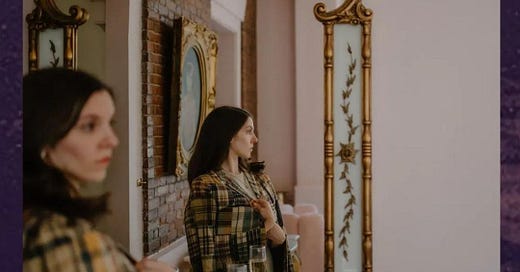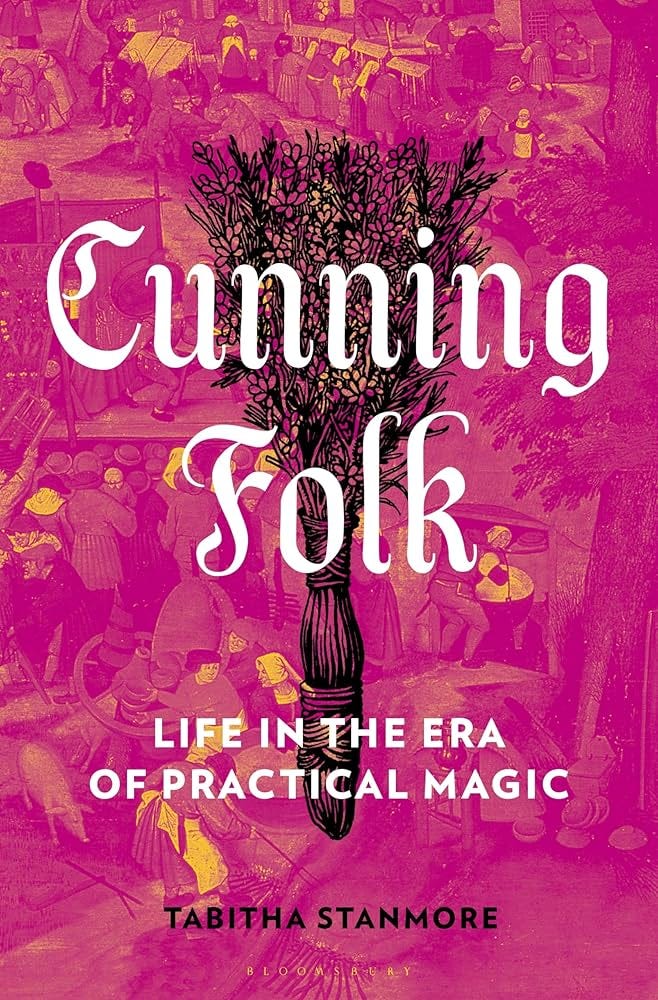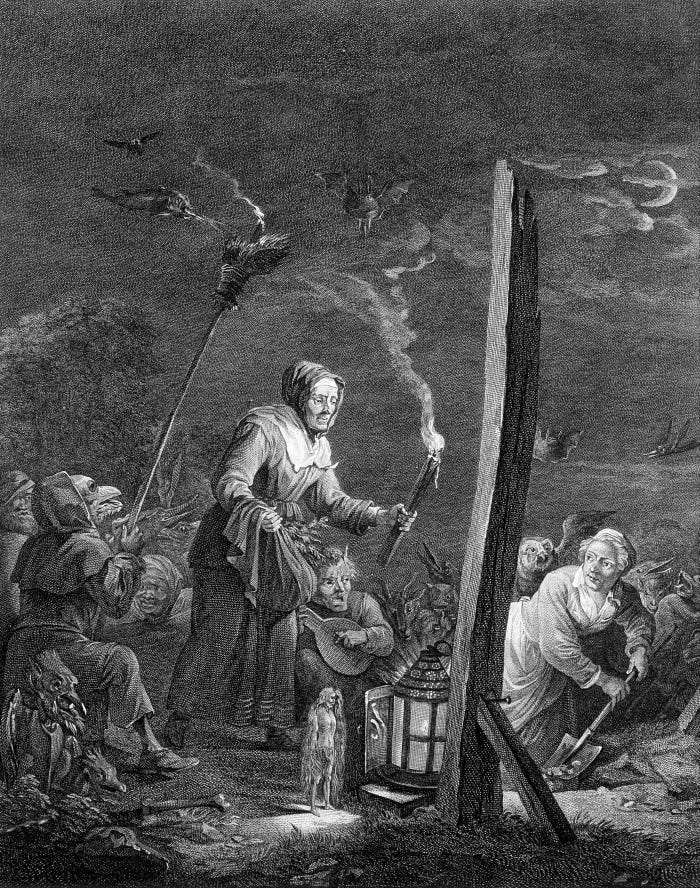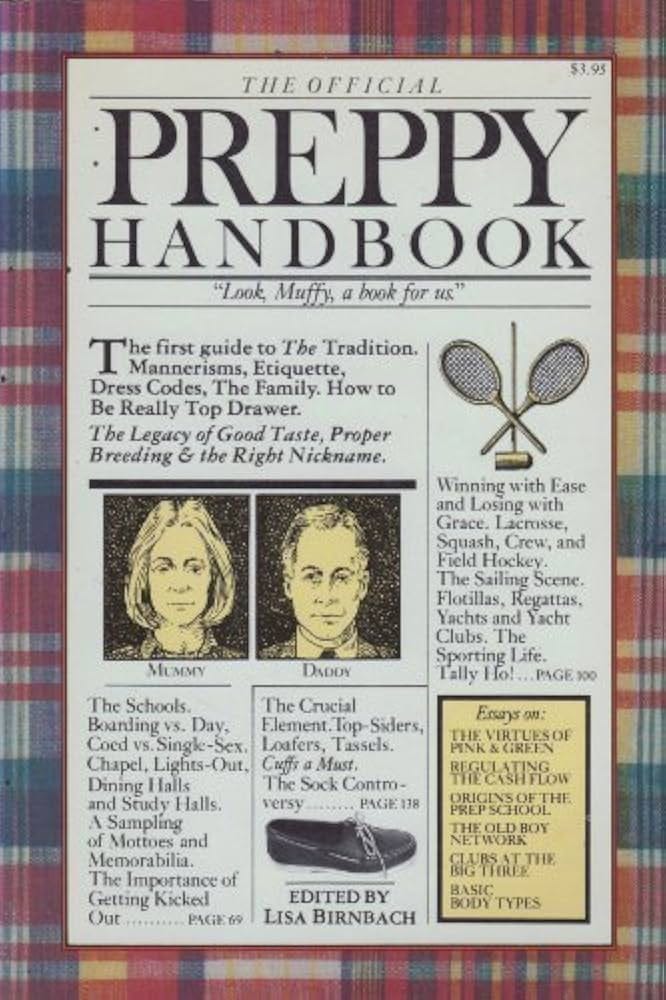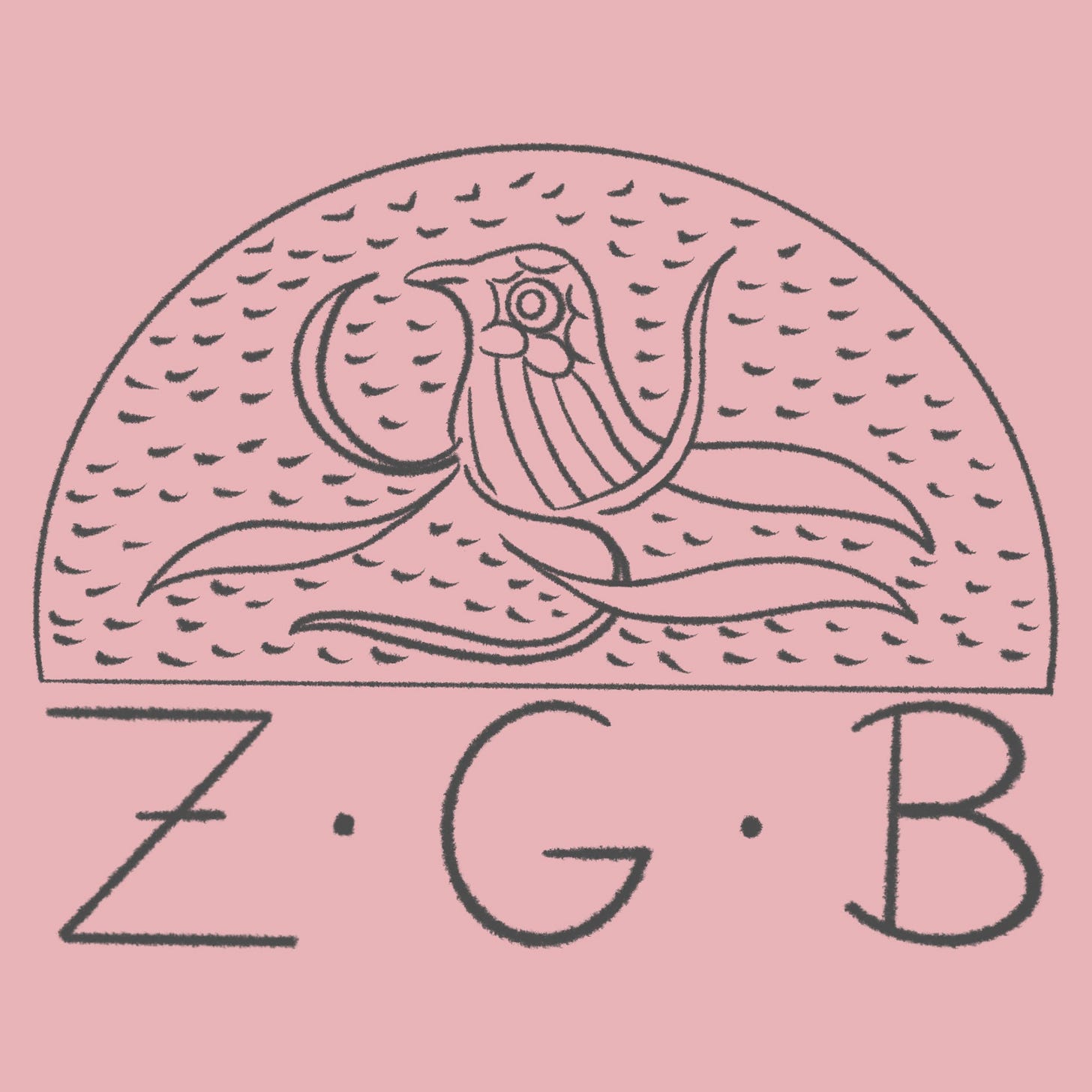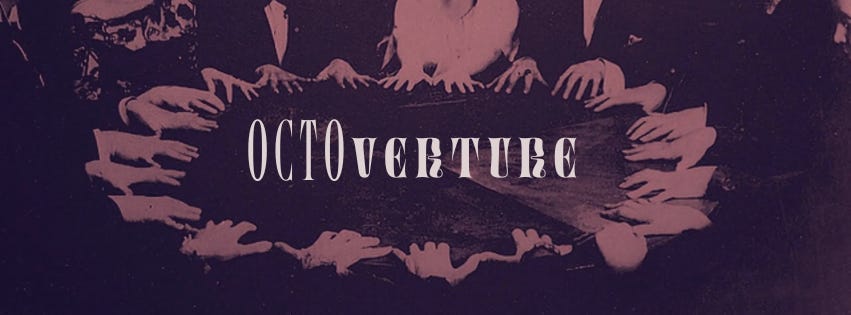The Other with a Capital "O": Belonging in Witchcraft, Past and Present
A Conversation with writer, Zoë G. Burnett from the Preppy Witch Handbook
It’s a memory I don’t often visit, but sitting down with Zoë G. Burnett on this warm September evening, gin and tonics in hand, I thought about where my fascination with the macabre and unexplained started. As it turns out, this origin story is something Zoë and I share: the “good ol’ socialist construct of doom: THE LIBRARY”.
While I was in the 910.452 area (shipwrecks, duh) of the Dewey Decimal System of my elementary school library. Zoë was frequenting the 130 area: witchcraft, the occult, and paranormal phenomena. I guess the library really does corrupt us all.
“I was under 10 at least. Old enough to be unattended at the public library without people worrying that I was going to destroy something.” Zoë recalls. “I had one auspicious day where a friend of mine, Jenna and I kept running into each other on errands with our parents. It all ended at the library where I saw her checking out Teen Witch by Silver RavenWolf.” Zoë clandestinely approached Jenna and whispered “Oh, you’re into that” and she replied “…yeah, are you?”
“That’s how it always starts right? You’re two gals in the library whispering over witchcraft. That’s what everybody’s afraid of. That’s what the men don’t like.”
It’s a cute story about two girls discovering themselves, but it’s also how the tradition of magic has always been passed: surreptitiously, under the noses of men and organized religion–often for the purposes of healing, love, and protection.
In her book Cunning Folk author Tabitha Stanmore emphasizes these uses as a term she calls “Practical Magic”.
In the medieval era of Europe “a whole host of magical practitioners pervaded villages, cities and royal courts — diviners, astrologers, charm makers, healers. Their customers were commoners and courtiers, peasants and merchants, housewives and queens.” It is hard to quantify how many of these magic practitioners were successful in fulfilling their customer’s wishes. This is likely due to the fact that “the magicians landed in the public record only when their interventions were so useless that their customers denounced them, or so dramatic that they were tried for sorcery. Even then, the outcomes are mostly unknown, because verdicts were normally recorded separately from the depositions and rarely survive.” (Stanmore).
Turns out we’re not the daughters of the witches you couldn’t burn, but the daughters of middling magicians who managed to keep their names out of civil litigation. C’est la vie!
As a young practicing witch Zoë always felt slightly out of place in the occult community. As a self-described prep from the North Shore of Massachusetts, Zoë witnessed the roving cliques of Salem witches, all existing on spectrum between industrial goth and granola goth, wondering where she fit in.
She started The Preppy Witch Handbook (a substack, a book she’s writing, and a lifestyle brand all in one!) as a commentary on belonging in the witchcraft community. The idea was based off The Official Preppy Handbook written in 1981 and edited by Lisa Birnbach, with it’s tongue-in-cheek tag line: “Look Muffy, a book for us!”.
“I grew up reading that book, and in similar spaces, and what I wasn’t finding in the witchcraft community for myself was a way to engage with the more occult metaphysical materials while still remaining myself. I’m not the preppiest prep whoever prepped, but I wanted to put witchcraft in a framework that people from that background would be able to understand and hopefully embrace.”
Fostering understanding between these two subcultures is a goal of Zoë’s Preppy Witch Handbook. “Witchcraft has a place for everyone” she tells me.
I hope you enjoyed this first iteration of OCTOVERTURE. Each week of October I’ll post a new article collaborating with brilliant creators in the occult and horror space.
Make sure to subscribe so you don’t miss an update! Next week we’ll be exploring the choreography of horror, with dancer Caitlin Canty from Eventual Dance Company.


